The management of large documents in Adobe InDesign can be a challenge, especially if you want to ensure that all layout changes are consistent and accurately represented everywhere. A useful feature that can help you is the synchronization through the book function. This can save you a lot of time but also has some pitfalls. Here you will learn how to use this feature effectively while avoiding the most common stumbling blocks.
Key Insights
- Changes in one chapter can be transferred to other chapters via the book function.
- Make sure to carefully configure the synchronization options to avoid unwanted changes.
- It is advisable to make a backup copy of your project before starting the synchronization.
Step-by-Step Guide
To implement synchronization effectively, follow these steps:
Let’s start with preparing your document. Before you make changes in one chapter, be aware of which layout changes you want to implement. Ensure that all master pages, paragraph styles, and table styles are correctly set. Once you are sure that your chapter is complete, you might want to apply these changes to other chapters.
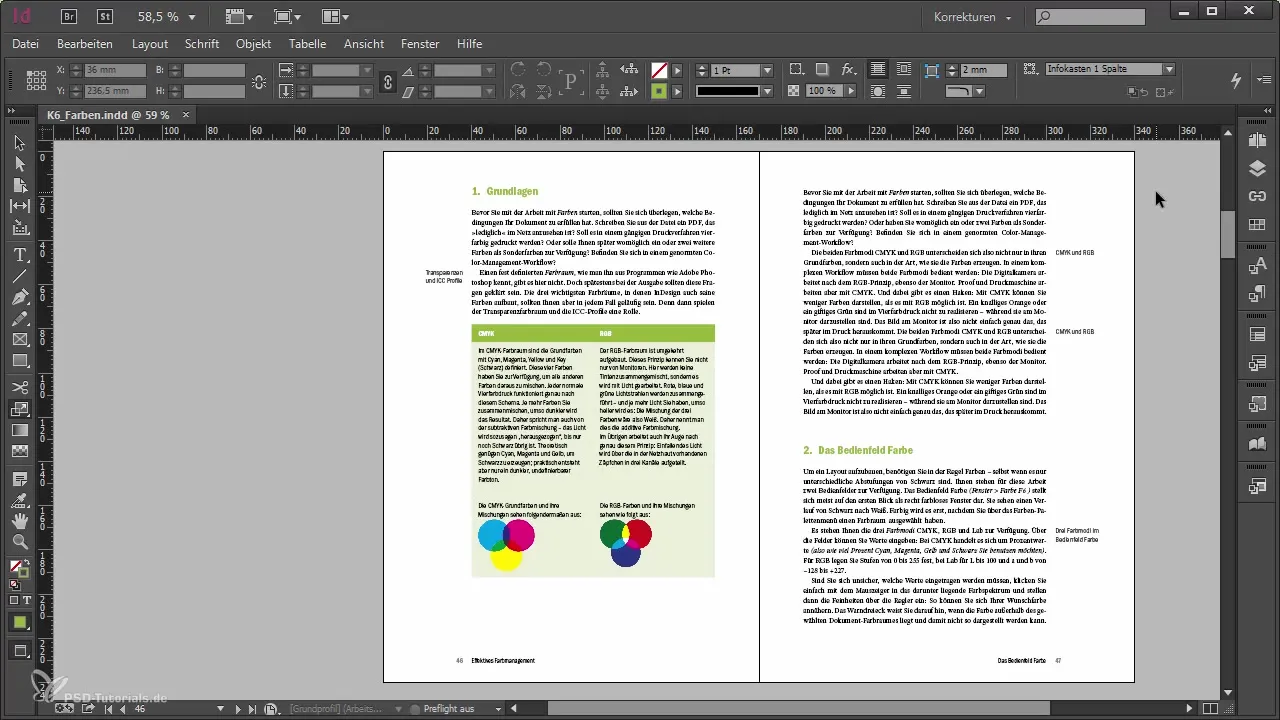
Through the book palette menu, you have the option to use the book function to transfer changes. Here, select your document as the so-called format source. This document will thus serve as the authoritative template for the other documents. Any layout adjustments you make in your chapter will be applied to the other chapters via this synchronization.
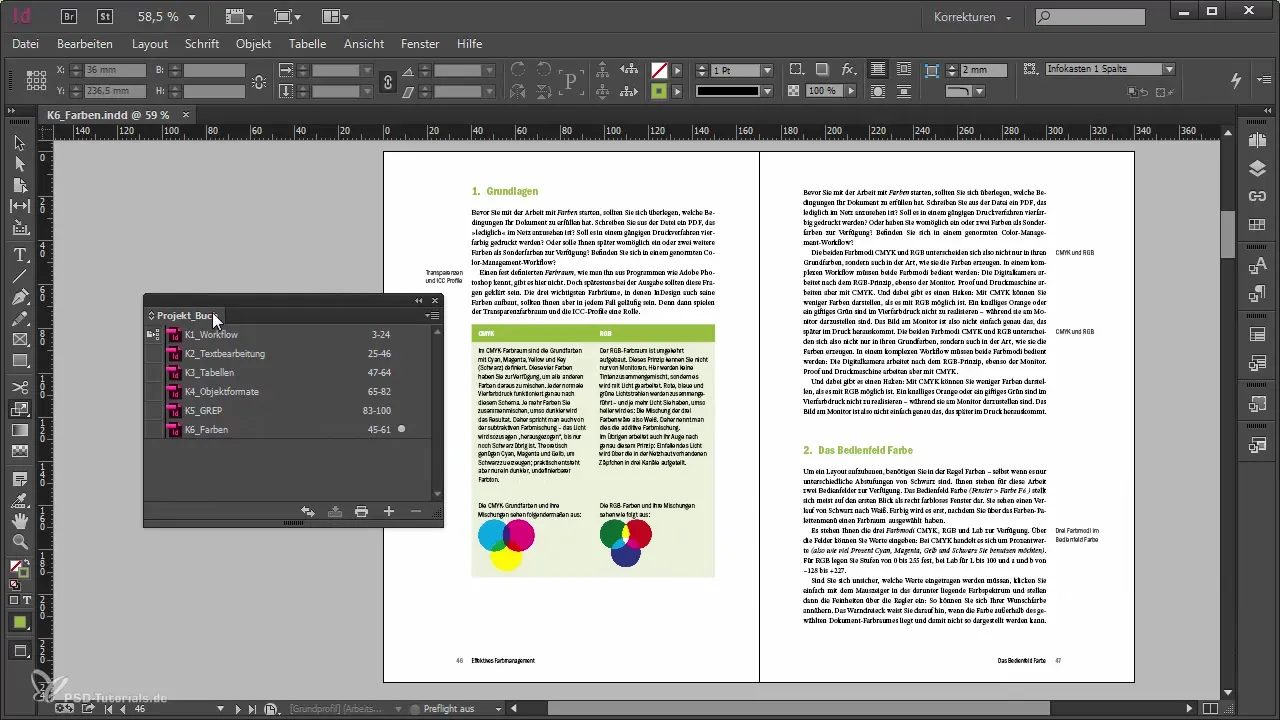
Be aware that not only your layout changes will be transferred during synchronization. Formatting, text adjustments, and even colors could unintentionally be included as well. This can lead to a situation where formatting in other documents changes without you noticing it immediately. You will receive just a warning that changes may have been made.
A possible worst-case scenario arises if you accidentally start synchronization and the documents are not in perfect condition. This can lead to massive chaos. You will not be asked during synchronization whether you want to proceed seriously, which can result in unwanted outcomes.
If you are someone who is at risk of accidentally clicking this button, there is a way to prevent it. In the synchronization options, you can customize what should be synchronized. You can ensure that only the desired formats such as paragraph styles and master pages are synchronized. It is best to remove all checkmarks if you want to play it safe.
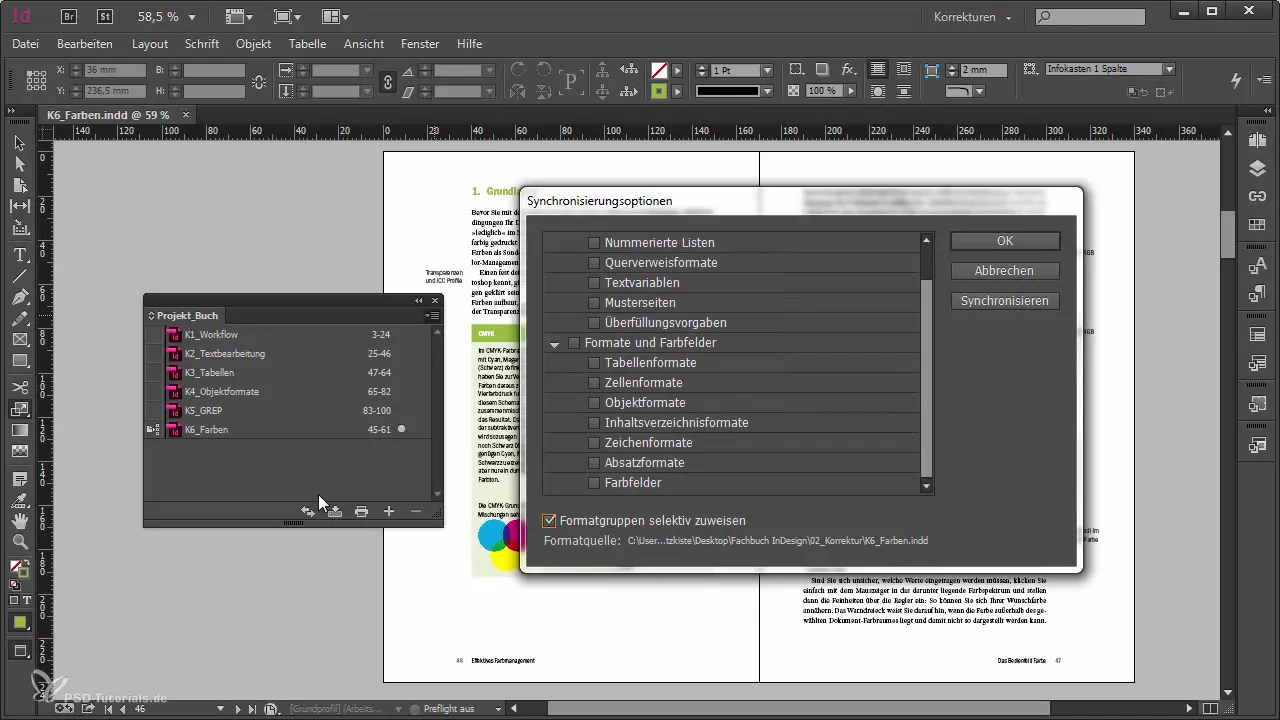
Do you want selective synchronization? In this case, it’s best to make a copy of your data to archive the state of your documents. This way you can ensure that you have a version to revert to if something goes wrong during synchronization.
Are all your changes correct? Then specifically select the elements you want to synchronize through the synchronization options. However, there is a downside: If the chapter numbers in your layout are named the same, unexpected adjustments in color can occur. A color that has been changed in one document could also be assigned in other documents, making things even more complicated.
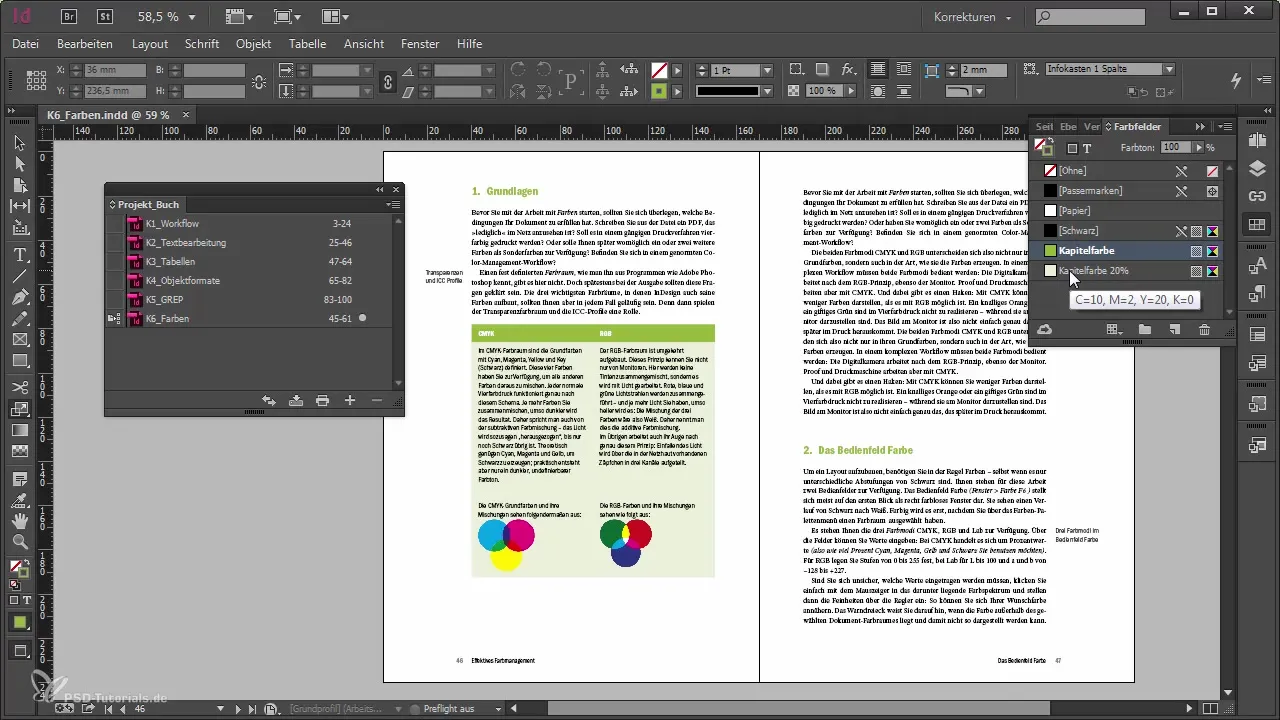
An alternative approach to synchronization is to load specific elements into your current chapter. This can be done through the paragraph styles menu. This way you can select specific formats from your chapter and transfer only those. It is important that the chapter color you need in your document is not automatically overwritten.
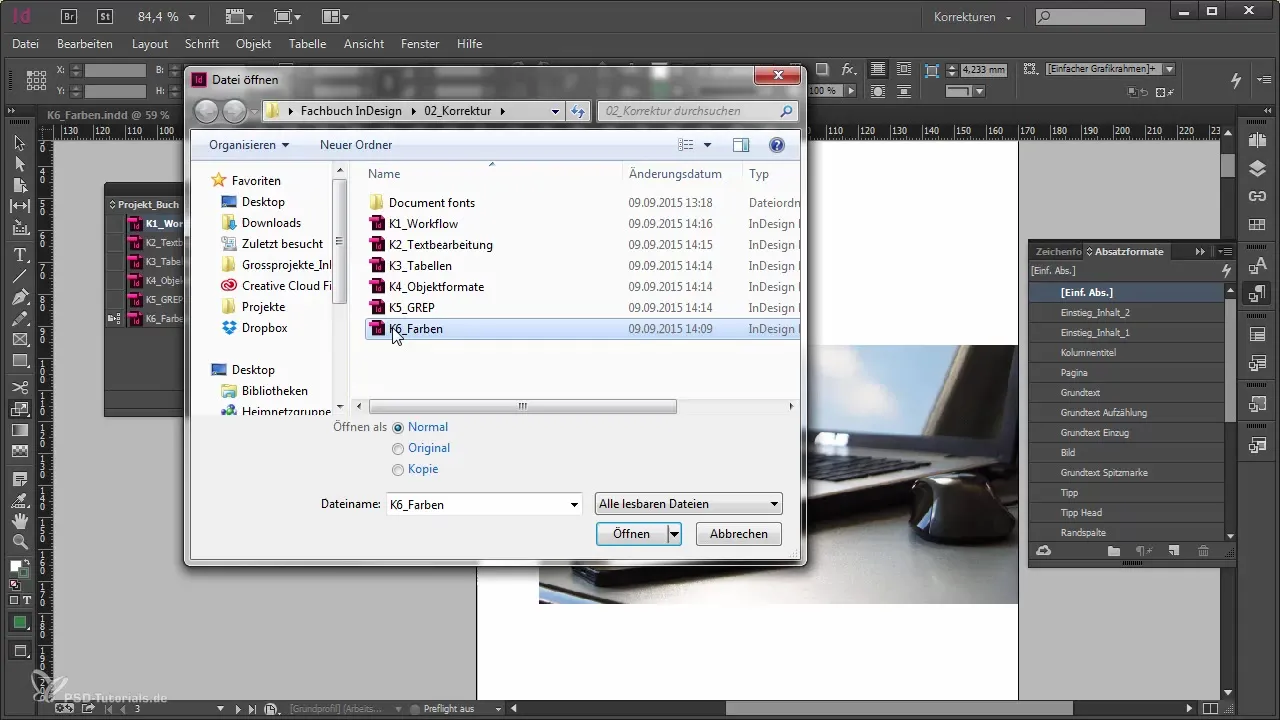
By specifically loading the formats, you have control over which specific adjustments are adopted into your document and can keep track of the most important design elements. Additionally, the menu on the side ensures that only the formats you desire are transferred.
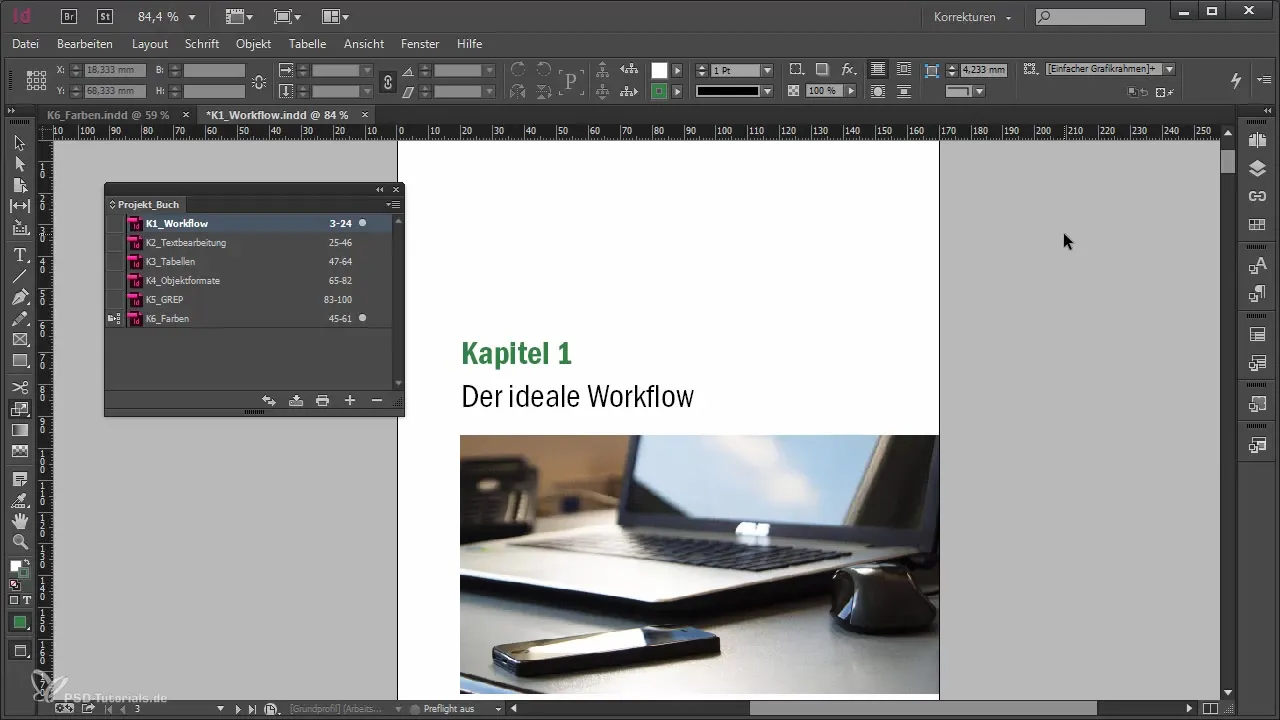
Make sure that the master pages are also checked and adjusted with this approach to create a consistently harmonious layout. After changes to the formats, you can easily replace the unwanted chapter color with the correct color.
With this approach, you save time and minimize the risk of unintentionally making inappropriate changes to your documents.
Summary
Using the synchronization function in Adobe InDesign provides you with the opportunity to save time when transferring layout changes. However, be cautious to avoid unwanted adjustments. With the steps outlined here and deliberate settings in the synchronization options, you can effectively utilize the benefits of synchronization without losing control over the individual documents.
Frequently Asked Questions
How do I synchronize documents in InDesign?You select your document in the book palette as the format source and use the synchronization function.
Can I select specific formatting that I want to synchronize?Yes, in the synchronization options, you can select which formats should be synchronized.
What happens if I accidentally click on synchronize?Unwanted changes may be made in other documents. It is advisable to create a backup beforehand.
How can I ensure that no unwanted changes occur?By customizing the synchronization options and removing all unnecessary checkmarks.
Is there an alternative to synchronization?Yes, you can specifically load certain elements into your chapter to adopt specific changes.


